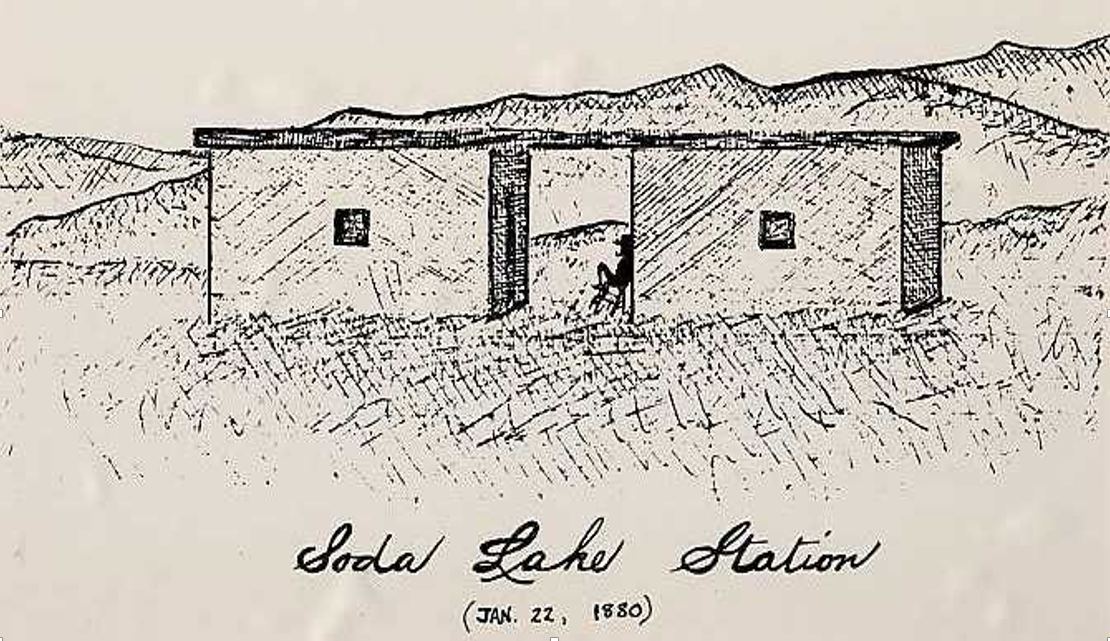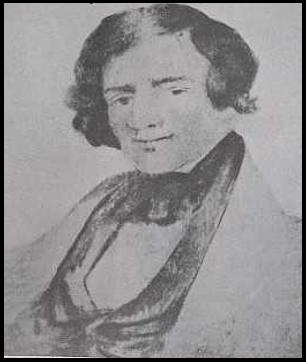History of the Desert Studies Center
European-american arrival

In 1776, Spanish missionary Francisco Garces![]() and a small band of soldiers became the first known Europeans to cross the Mojave Desert. His party was guided by Mojave Indians traveling from their villages on the Colorado River to trade with tribes on the coast of California.
and a small band of soldiers became the first known Europeans to cross the Mojave Desert. His party was guided by Mojave Indians traveling from their villages on the Colorado River to trade with tribes on the coast of California.
 In 1826, trapper/explorer Jedediah Strong Smith
In 1826, trapper/explorer Jedediah Strong Smith![]() and his party became the first American citizens to cross the Mojave, again being lead by Mojave traders. Their route likely took them to, or very near, Soda Springs. In 1853 and 1854, U.S. Army survey expeditions stayed at Soda Springs, looking for a railroad route along the 35th parallel. From 1857-60, a wagon road was established from Santa Fe to Los Angeles, and the Mojave section largely followed the Native American trade route. This route would become known as the Mojave Road. Soda Springs was an important layover camp, and in 1860, the Army constructed a simple defensible adobe structure, known as "Hancock's Redoubt", the first building at the oasis. The Army replaced it with a stone building in 1867, which was used as a commercial wagon stop (Soda Station) after the Army abandoned it a few years later. Remnants of that building appear to be incorporated into one of the buildings we use today.
and his party became the first American citizens to cross the Mojave, again being lead by Mojave traders. Their route likely took them to, or very near, Soda Springs. In 1853 and 1854, U.S. Army survey expeditions stayed at Soda Springs, looking for a railroad route along the 35th parallel. From 1857-60, a wagon road was established from Santa Fe to Los Angeles, and the Mojave section largely followed the Native American trade route. This route would become known as the Mojave Road. Soda Springs was an important layover camp, and in 1860, the Army constructed a simple defensible adobe structure, known as "Hancock's Redoubt", the first building at the oasis. The Army replaced it with a stone building in 1867, which was used as a commercial wagon stop (Soda Station) after the Army abandoned it a few years later. Remnants of that building appear to be incorporated into one of the buildings we use today.
